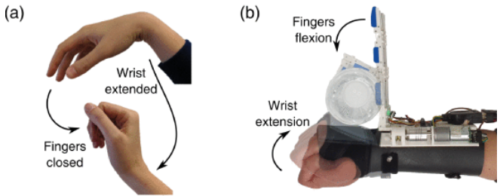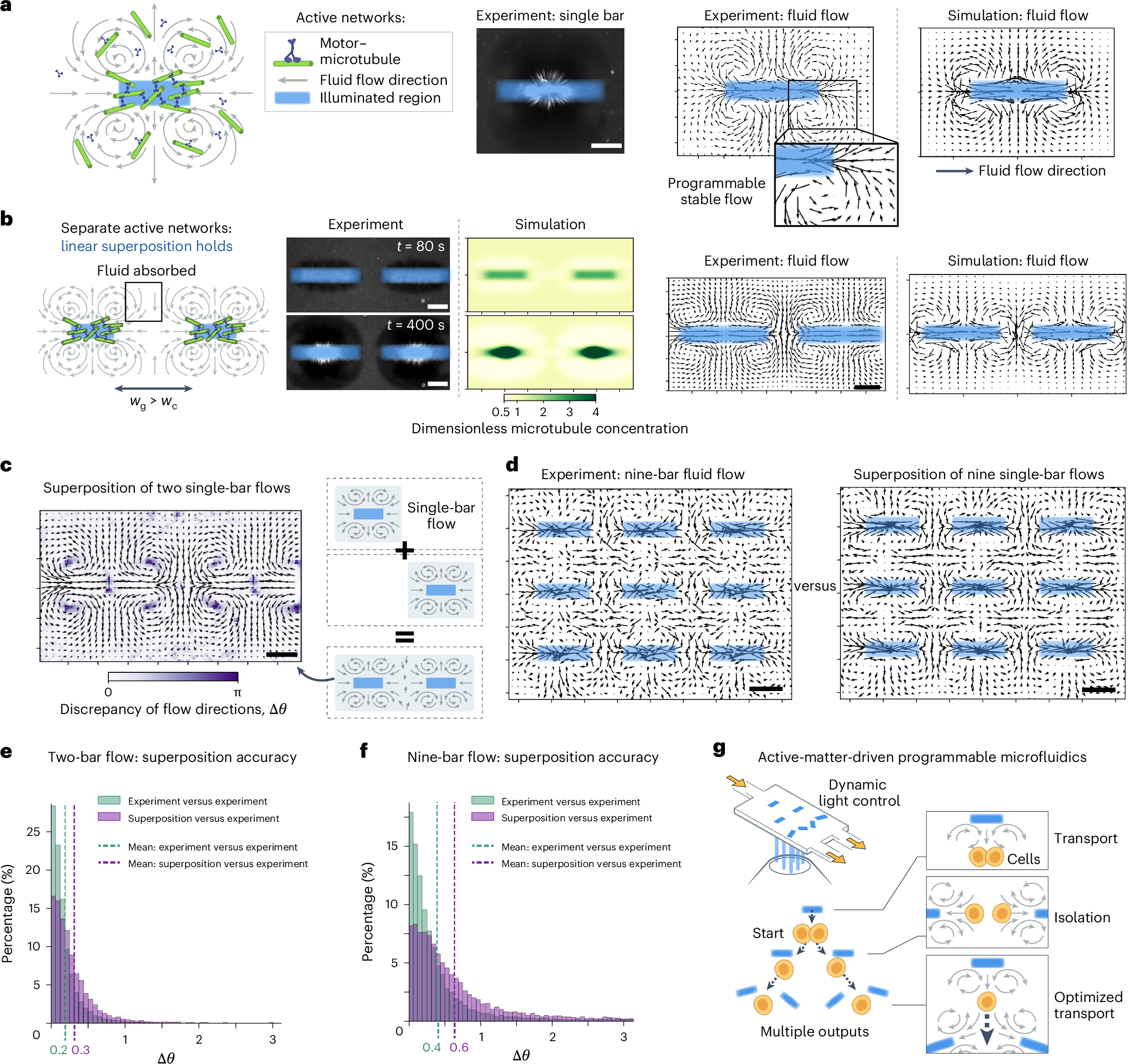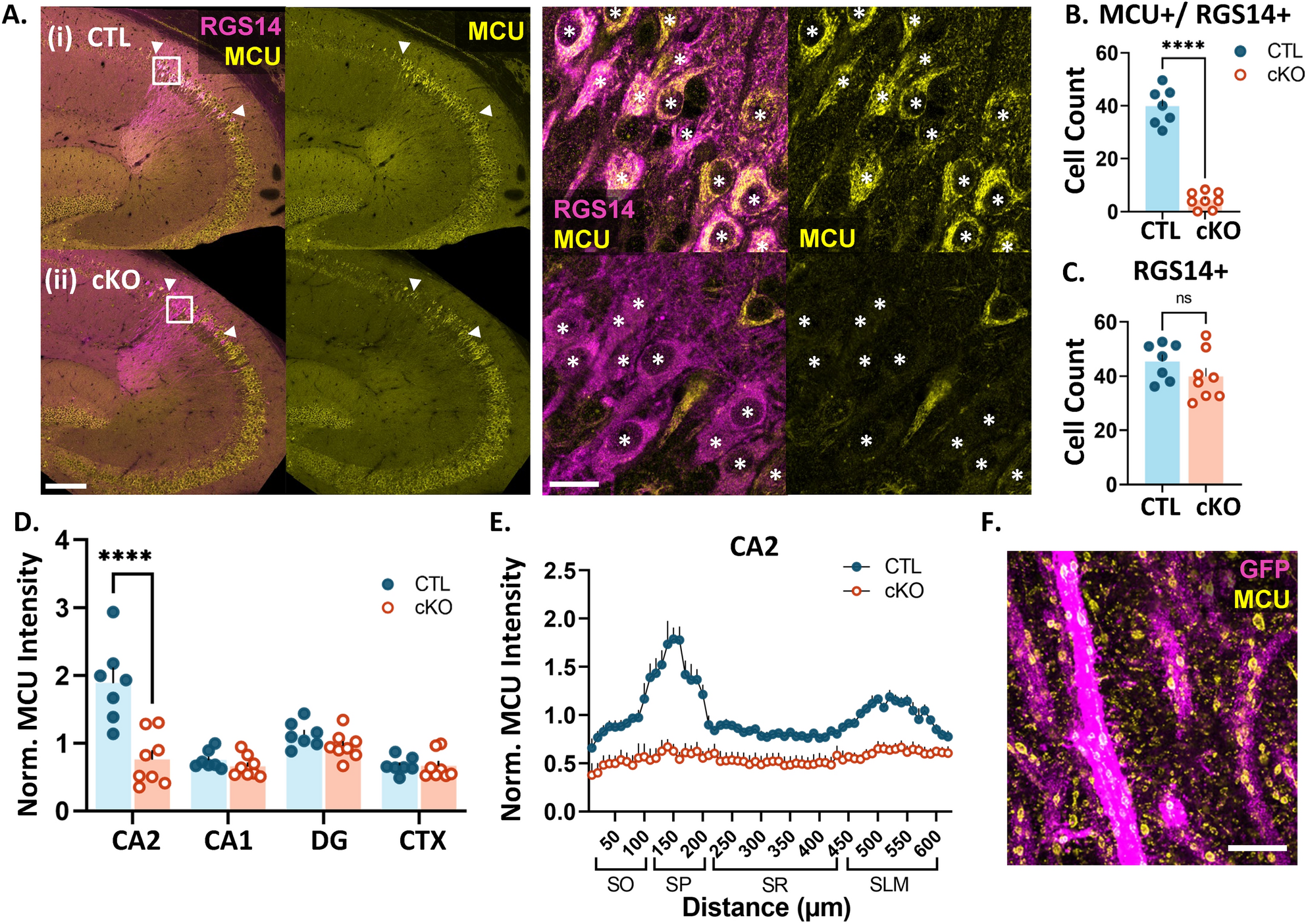2025-02-10 カリフォルニア大学バークレー校 (UCB)
<関連情報>
- https://engineering.berkeley.edu/news/2025/02/new-assistive-device-enhances-grasping-for-people-with-spinal-cord-injuries/
- https://ieeexplore.ieee.org/document/10782370
- https://ieeexplore.ieee.org/document/10787042
C5-7脊髄損傷者のための把持分類法 A Grasp Taxonomy for People with C5-7 Spinal Cord Injury
Andrew I. W. McPherson; Keilani Adachi; Yuri Gloumakov; Hannah S. Stuart
2024 46th Annual International Conference of the IEEE Engineering in Medicine and Biology Society (EMBC) Date of Conference:15-19 July 2024
DOI:https://doi.org/10.1109/EMBC53108.2024.10782370
Abstract
Despite the broad utility of grasp taxonomies to describe manual abilities, no such tool exists for people with spinal cord injury (SCI). This leaves gaps in the practical assessment of assistive devices and tools that people with SCI might use during dexterous manipulation. Here, we evaluate the grasp strategies employed by individuals with C5-7 SCI using six publicly available videos to develop a preliminary taxonomy. The taxonomy was then evaluated for completeness using an egocentric video case study of an author with C5-6 SCI, captured while demonstrating the general tasks observed in the public videos. Twenty-seven grasping strategies are presented in the taxonomy, 14 of which are unique to this work. Though the dataset used to generate this taxonomy is not universally representative of all individuals with SCI, the egocentric case study suggests it closely captures the overall grasp strategies observed in this group. This grasp characterization captures dexterous abilities typically overlooked in technology design and assessment. We therefore propose that it should be used to inform the design of novel grasp assistance.
C5-C7脊髄損傷者のための上背把持による機能的作業空間の拡大 Expanding Functional Workspace for People With C5-C7 Spinal Cord Injury With Supernumerary Dorsal Grasping
Jungpyo Lee; Andrew I. W. McPherson; Haoxiang Huang; Licheng Yu; Yuri Gloumakov; Hannah S. Stuart
IEEE Transactions on Neural Systems and Rehabilitation Engineering Published:09 December 2024
DOI:https://doi.org/10.1109/TNSRE.2024.3514135

Abstract
Spinal cord injuries (SCI) substantially affect sensory, motor, and autonomous functions below the level of injury, reducing the independence and quality of life for affected individuals. Specifically, people with SCI between C5 and C7 cervical levels encounter limitations in voluntary finger and wrist flexion, reducing grasp capability. Compensatory strategies like tenodesis grasp, whereby wrist extension passively closes the fingers, remain; this is effective for small and light objects but insufficient for heavier ones. Typically, wearable assistive exoskeletons are designed to actuate a person’s fingers, however, such devices are sensitive to anatomical variability, such as hand size and joint contractures. The Dorsal Grasper is a wearable device designed to address this challenge by leveraging voluntary wrist extension and providing human-robot collaborative grasping capabilities with underactuated supernumerary fingers on the back of the hand. In this study, we introduce kinematic assessment methods that we use to show how the Dorsal Grasper expands the graspable workspace and reduces trunk motion, especially in situations where the use of a wheelchair restricts the individual’s posture. Our functionally relevant experiments with multiple SCI participants demonstrate the Dorsal Grasper’s potential as a versatile assistive solution for enhancing grasping capability in individuals with distinct SCI profiles.


